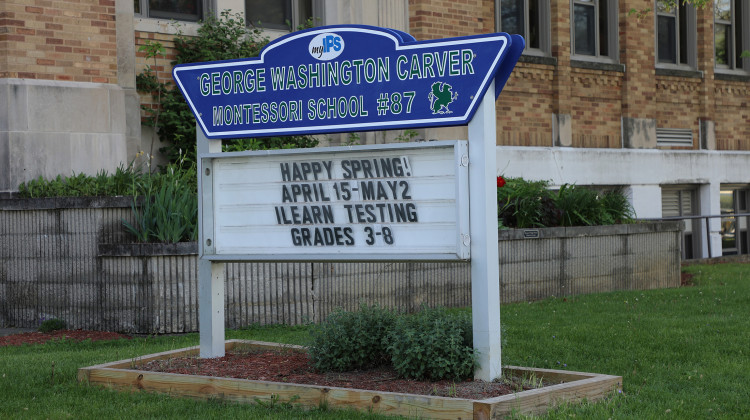
11 percent of Indiana students attend afterschool programs compared to 18 percent nationally.
Kevin Wong/FlickrMuch attention of late has been paid to early childhood education in Indiana at both the state level and the local level here in Indianapolis.
But what about programs for the state’s K-2 students after the day’s final bell rings?
Last week, the Indiana Afterschool Network released “The Power of Afterschool in Indiana” — a report compiling data from several sources about the state of afterschool programs in Indiana and the positive impact such programs can have.
So how does Indiana stack up nationally?
“Eleven percent of students participate in afterschool programs in Indiana, and the national average is 18 percent," says Sara Beanblossom, Indiana Afterschool Network communications director.
She says that 7 percent gap is a big deal because there are three big societal benefits derived from afterschool programs.
First, the programs can keep kids safe. According to the report, most juvenile crime happens between 3 to 6 p.m. on weekdays — hours when students with working parents might be left unsupervised, opening the door to experimentation with risky behaviors like drug use, sexual promiscuity, crime.
Secondly, the report claims working parents miss an average of eight days of work each year due to lack of afterschool care for kids — so the absence of such programs can result in lost worker productivity.
And third...
“It inspires learning," Beanblossom says. "And afterschool is a different landscape for kids where they can try new things; they can get involved in things like building robots or the arts or learning about something new that maybe is not getting the depth they need to move to the next level and possibly pursue that as a career.”
Beanblossom says that kind of supplemental instruction is important because it can maximize returns on the initial investment in the classroom—especially in the Science, Technology, Engineering and Math — or STEM — areas, by making the subjects fun.
And fostering an interest in those subjects is a crucial aspect of preparing students for future employment.
“Eighty percent of future jobs will have a STEM emphasis," Beanblossom says. "And it’s important for us to be creating a workforce of kids that are trained in STEM subjects, but also inspired to pursue those."
Learn more about "Lights On Afterschool", the monthlong campaign to raise awareness about the importance of educational afterschool programs, by clicking here.
 DONATE
DONATE








 View More Programs
View More Programs


 Support WFYI. We can't do it without you.
Support WFYI. We can't do it without you.